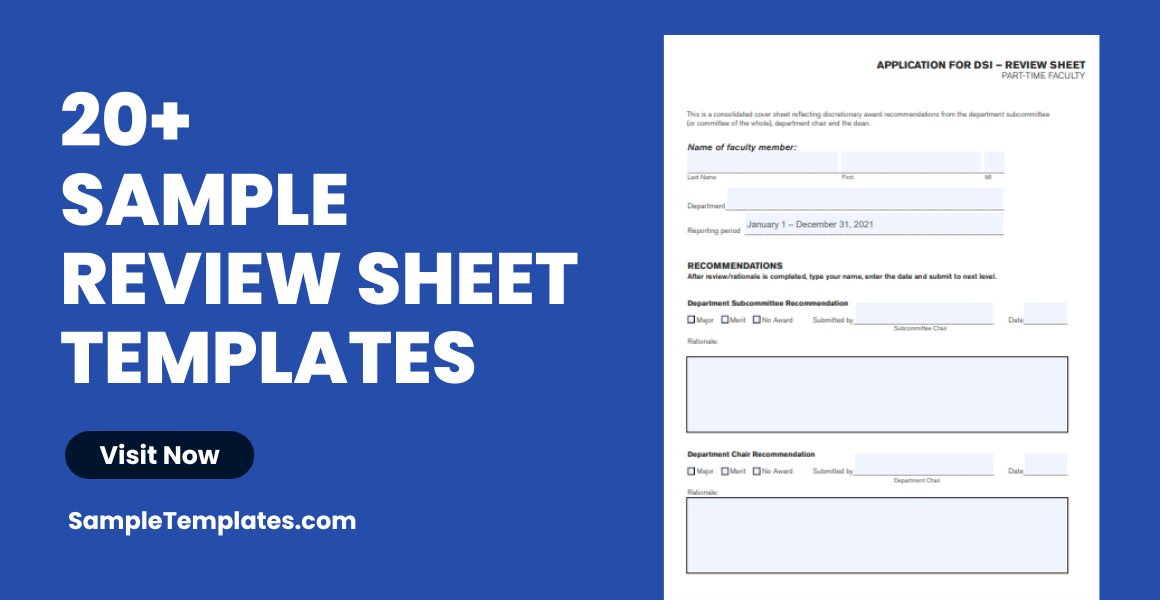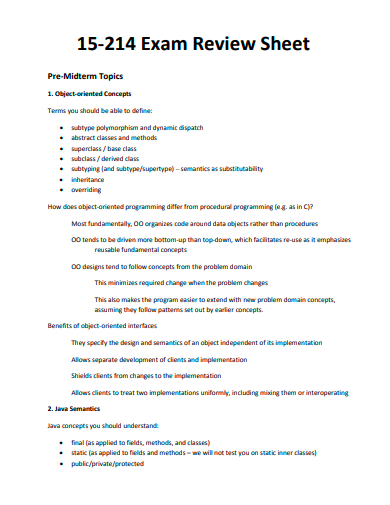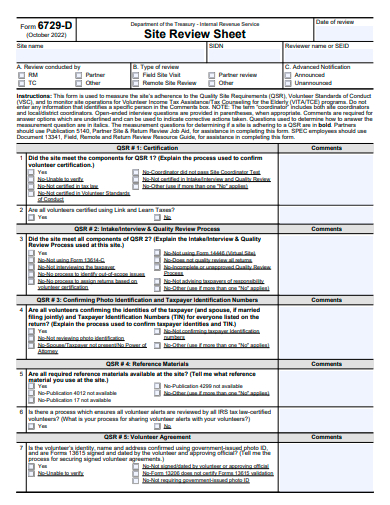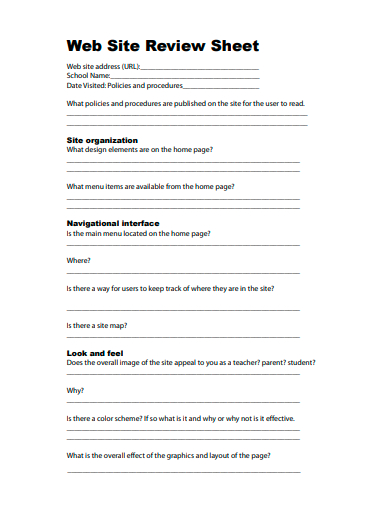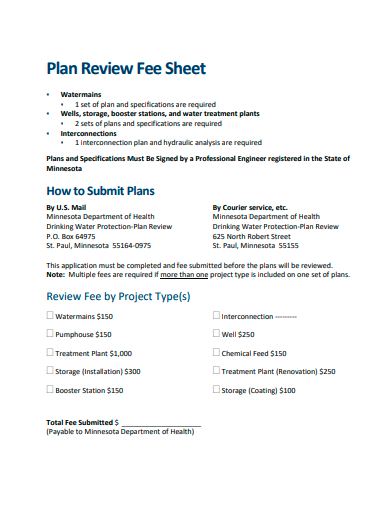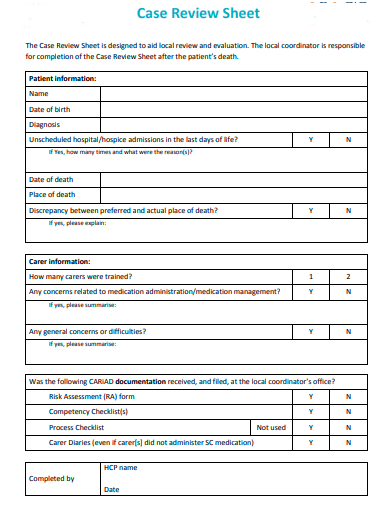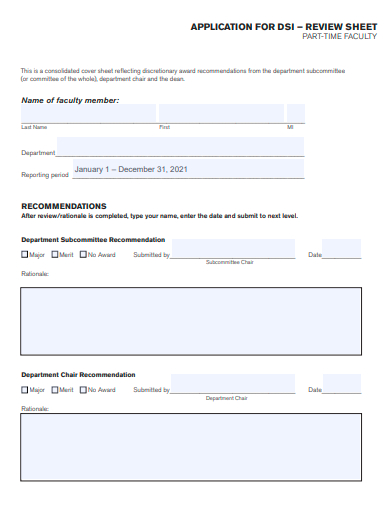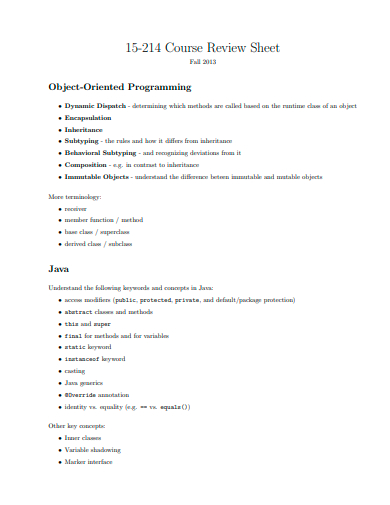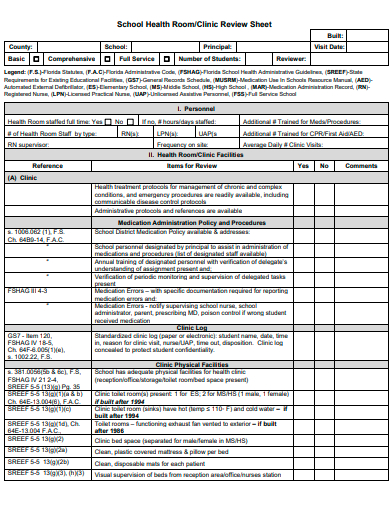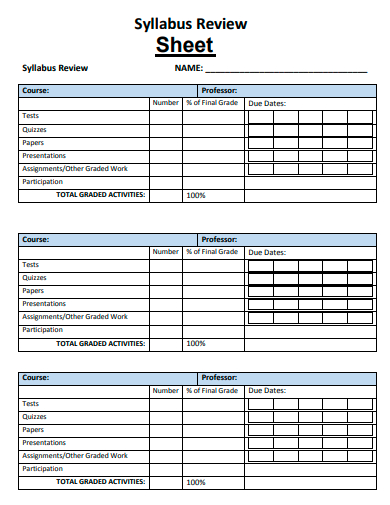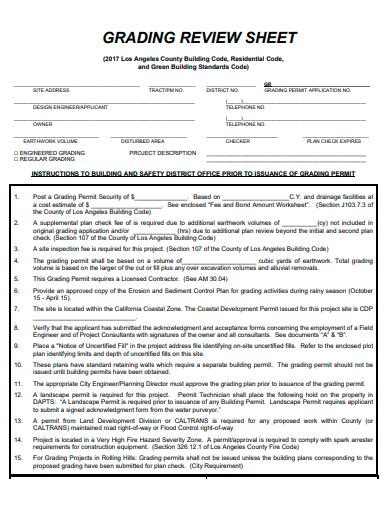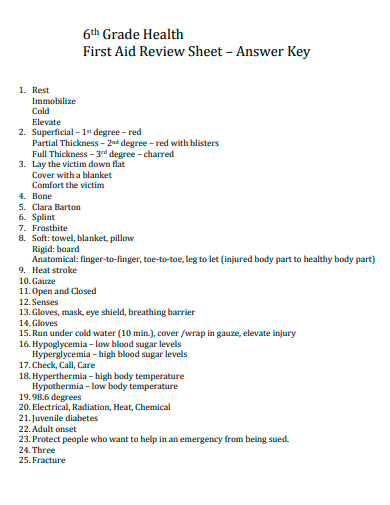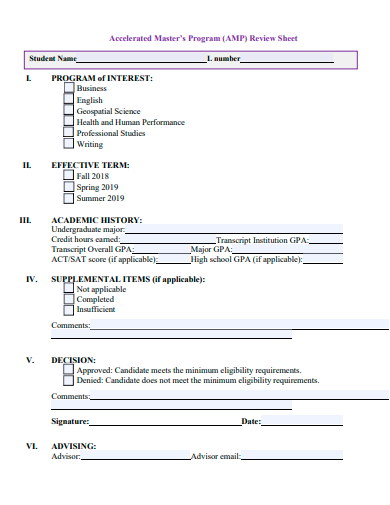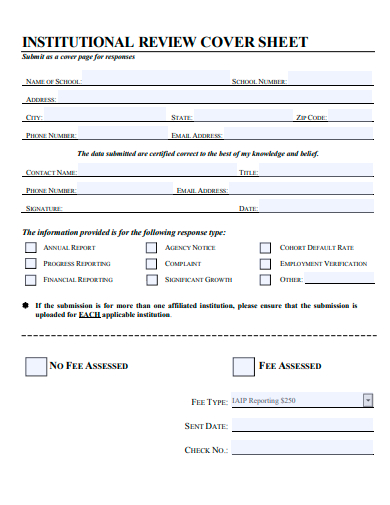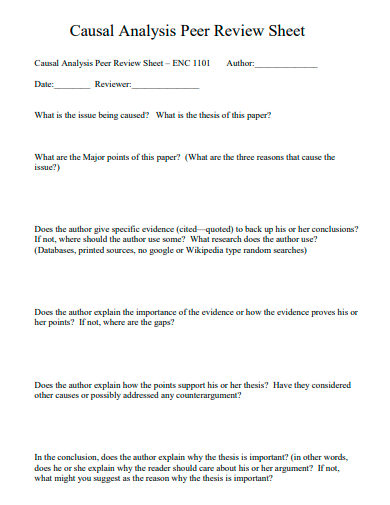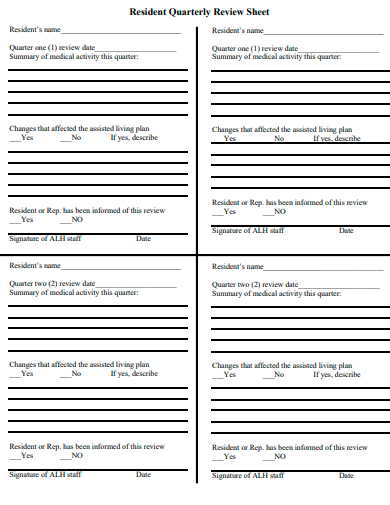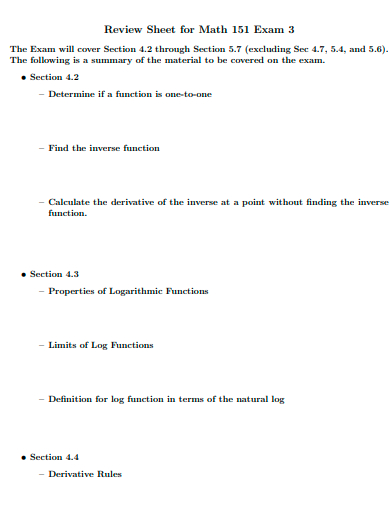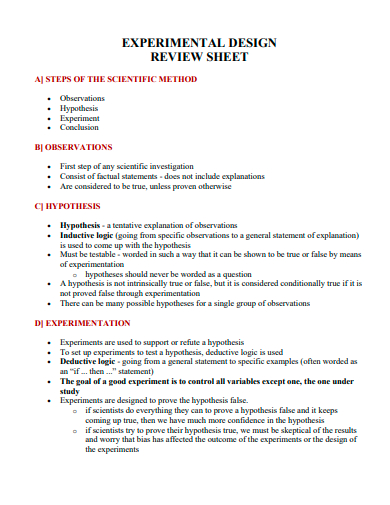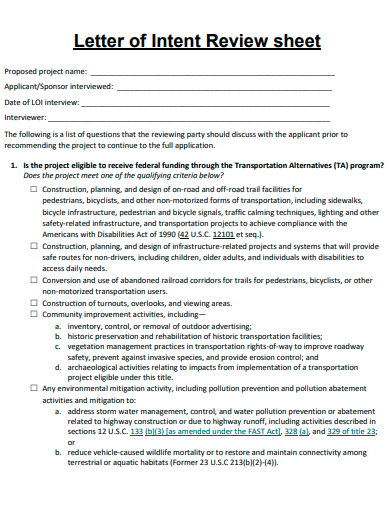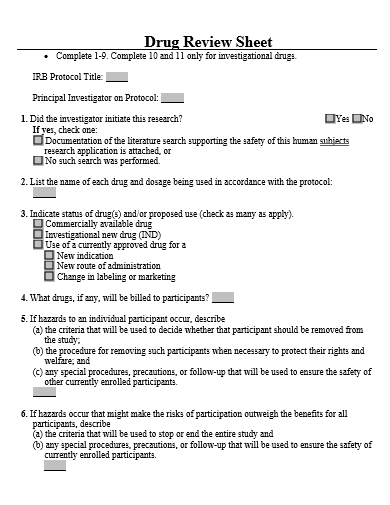Welcome to our Sample Review Sheet Template – Your Go-To Resource for Streamlining Review Collection and Decision-Making! In today’s fast-paced world, obtaining valuable feedback is essential for growth and success. Our meticulously crafted review sheet template simplifies the process, ensuring you gather meaningful insights efficiently. Whether you’re a business seeking customer feedback or an educator evaluating student work, our template is your secret weapon. Dive into this user-friendly tool designed to make reviews a breeze, and start making data-driven decisions today.
20+ Review Sheet Samples
1. Exam Review Sheet Template
2. Sample Site Review Sheet Template
3. Web Site Review Sheet Template
4. Requesting a Project Review Sheet Template
5. Plan Review Fee Sheet Template
What is a Review sheet Template?
A review sheet template is a versatile and structured document used to streamline the process of collecting, organizing, and analyzing information, sample feedback, or evaluations. It serves as a framework for gathering data systematically, making it an invaluable tool in various contexts, including business, education, research, and personal projects.
Key Components of a Review Sheet Template:
Header Section: This section typically includes the title of the review, the date it was created or conducted, and any relevant identifiers or codes.
Criteria or Questions: Review sheets often contain a list of specific criteria, questions, or prompts that need to be addressed during the review process. These criteria could be related to product features, performance metrics, academic standards, or any other relevant factors.
Scoring or Rating System: In many cases, review sheets incorporate a scoring or rating system. This can be numerical (e.g., on a scale from 1 to 5) or qualitative (e.g., poor, fair, good, excellent) to help assess and quantify the quality or performance of the subject being reviewed.
Comments or Notes: A dedicated space for reviewers to provide comments, explanations, or additional context about their assessments. This section allows for qualitative feedback to complement the quantitative scores.
Reviewer Information: In situations where multiple individuals are involved in the review process, there may be fields to record the names, roles, or affiliations of the reviewers.
Applications of Review Sheet Templates:
Product and Service Reviews: Businesses use review sheet templates to collect customer feedback on products, services, or customer experiences. This data helps improve offerings and customer satisfaction.
Academic Assessment: Teachers and educators use review sheets to evaluate student assignments, projects, or exams. They provide a structured way to assess performance and provide constructive feedback.
Employee Performance Reviews: Human resources departments use review sheet templates to conduct employee evaluations. These documents help in performance appraisal, career development, and feedback documentation.
Research and Data Collection: Researchers often use review sheets to collect and organize data during experiments, sample surveys, or studies. This ensures consistency and accuracy in data collection.
Quality Assurance and Audits: In industries such as healthcare, manufacturing, or finance, review sheets are used for quality control and compliance audits. They help maintain standards and identify areas for improvement.
Benefits of Using Review Sheet Templates:
Consistency: Review sheet templates ensure that the same criteria or questions are applied consistently across different reviews or evaluations, reducing bias and subjectivity.
Efficiency: They streamline the review process by providing a structured format, saving time for both reviewers and those being reviewed.
Data-driven Decisions: Review sheet templates facilitate the collection of quantifiable data, making it easier to make informed decisions and identify trends or patterns.
Documentation: Review sheets serve as valuable records of assessments, feedback, and evaluations, which can be useful for future reference or accountability.
Customization: Templates can be tailored to specific needs, allowing for flexibility in assessing various subjects or aspects.
In conclusion, a review sheet template is a versatile tool used to organize, standardize, and simplify the process of collecting and evaluating information. Whether in a professional, academic, or research setting, these templates play a crucial role in facilitating data-driven decisions, improving quality, and enhancing the review process’s overall efficiency.
6. Sample Case Review Sheet Template
7. Review Sheet Application Template
8. Sample Course Review Sheet Template
9. Clinic Review Sheet Template
10. First Semester Review Sheet Template
11. Sample Syllabus Review Sheet Template
What to include in a review sheet template?
Creating an effective review sheet template requires careful consideration of the specific context and objectives of the review process. Here are key elements and components to include in a review sheet template:
Title and Identifiers:
Begin with a clear and descriptive title that reflects the purpose of the review.
Include identifiers such as the date of the review, a unique review number, or any relevant project or product name for easy reference.
Introduction or Instructions:
Provide a brief introduction that explains the purpose and scope of the review.
Include instructions or guidelines for reviewers, specifying what is expected of them and any specific criteria to focus on.
Criteria or Questions:
List the criteria, questions, or prompts that reviewers should consider during the review. These should align with the goals of the
review and provide a structured framework for assessment.
Group criteria logically, if applicable, to ensure clarity.
Scoring or Rating System:
Implement a scoring or rating system to quantitatively assess the subject of the review. This can be numerical (e.g., on a scale of 1 to 5) or qualitative (e.g., poor, fair, good, excellent).
Define what each score or rating level represents, making it clear to reviewers.
Comments or Notes:
Include a dedicated space for reviewers to provide qualitative comments or sample notes. This allows for detailed feedback and explanations behind the scores or ratings.
Encourage reviewers to be specific and constructive in their comments.
Reviewer Information:
If multiple reviewers are involved, create sections for their names, titles, affiliations, and contact information.
Ensure there is a clear indication of who conducted the review and when.
Attachments or Supporting Documentation:
If necessary, provide space for attaching supporting documents, files, or references that can aid in the review process.
Clearly label and organize these attachments for easy access.
Conclusion or Summary:
Include a section for summarizing the overall findings or conclusions drawn from the review.
If applicable, provide recommendations or actions to be taken based on the review results.
Signature and Approval:
If the review sheet requires formal approval or sign-off, include a section for reviewers or authorized personnel to sign and date the document.
This is particularly important for compliance, quality assurance, or audit purposes.
Customization Options:
Design the template to be flexible and easily customizable to suit different review scenarios.
Consider including optional sections or fields that can be added or omitted as needed.
Formatting and Layout:
Pay attention to the formatting and layout of the review sheet to ensure clarity and ease of use.
Use headings, bullet points, and consistent formatting to enhance readability.
Version Control:
If the review sheet may undergo revisions or updates, include a version control section to track changes and ensure that the most recent version is being used.
References and Resources:
Provide any relevant references or resources that can help reviewers better understand the subject matter or criteria.
In conclusion, a well-structured review sheet template should be comprehensive, user-friendly, and adaptable to the specific needs of the review process. By including these essential components, you can create a valuable tool for collecting, organizing, and evaluating information consistently and effectively.
12. Grading Review Sheet Template
13. Answer Key Review Sheet Template
14. Sample Masters Program Review Sheet Template
15. Institutional Review Cover Sheet Template
Types of Review sheets
Review sheets come in various types, each designed to serve specific purposes and industries. These templates provide a structured framework for collecting and organizing information, feedback, or evaluations. Here are several types of review sheets commonly used in different contexts:
Product Review Sheet:
Used by businesses to collect customer feedback on products or services. Criteria include product quality, features, pricing, and overall satisfaction. Ratings and comments inform product improvements.
Employee Performance Review Sheet:
A human resources tool for evaluating employee job performance. Criteria cover punctuality, productivity, teamwork, communication, and policy adherence. It supports performance appraisals and career development.
Student Assignment Review Sheet:
Utilized by educators to assess student assignments. Criteria assess content, organization, creativity, and adherence to guidelines. This helps educators provide consistent feedback and grading.
Quality Control Review Sheet:
Essential for ensuring product quality and compliance in manufacturing. Criteria relate to product specifications, defect identification, and safety. This is vital for maintaining product quality.
Research Data Collection Sheet:
Applied during scientific studies to collect data systematically. Criteria include data points, observations, experimental conditions, and variables. This ensures accurate and organized data collection.
Project Evaluation Sheet:
Assesses project success and outcomes. Criteria encompass project goals, timelines, budget adherence, and stakeholder satisfaction. It aids in project analysis and future planning.
Supplier Evaluation Sheet:
Used by businesses to assess the performance of their suppliers or vendors. Criteria may include product quality, delivery timeliness, pricing, and communication. Supplier evaluation sheets help maintain effective supplier relationships.
Customer Service Review Sheet:
Companies use these sheets to evaluate the performance of their customer service representatives. Criteria may include response time, problem resolution, professionalism, and customer feedback. Customer service review sheets guide employee training and improvement efforts.
Training Evaluation Sheet:
Organizations employ these sheets to assess the effectiveness of training programs or workshops. Criteria may include learning objectives, trainer effectiveness, materials, and participant feedback. Training evaluation sheets aid in refining training methods and content.
Healthcare Patient Assessment Sheet:
In healthcare settings, these sheets are used to assess and document patient information, symptoms, and vital signs. Criteria encompass medical history, physical examination findings, and treatment plans. Patient assessment sheets are crucial for accurate patient care and medical records.
Compliance and Audit Review Sheet:
Regulatory agencies and audit teams use these sheets to evaluate compliance with industry standards, laws, or regulations. Criteria may include adherence to safety protocols, data security, financial practices, and documentation. Compliance and audit review sheets help identify areas of non-compliance and corrective actions.
Event Feedback Review Sheet:
Event organizers use these sheets to collect attendee feedback and assess event success. Criteria may include event logistics, content, speakers, and overall experience. Event feedback sheets inform future event planning and improvements.
Website Usability Review Sheet:
Web designers and developers use these sheets to evaluate the usability and functionality of websites or applications. Criteria may include navigation, load times, responsiveness, and user interface design. Usability review sheets assist in enhancing user experiences.
These various types of review sheets cater to different needs across industries, providing a structured framework for evaluations, feedback collection, and data organization.
16. Causal Analysis Review Sheet Template
17. Resident Quarterly Review Sheet Template
18. Sample Review Sheet For Math Exam Template
19. Experimental Design Review Sheet Template
20. Letter of Intent Review Sheet Template
21. Drug Review Sheet Template
How to create a Review sheet?
Creating an effective review sheet is a structured process that involves careful planning and consideration of the specific objectives and criteria of the review. Whether you’re designing a product review sheet, employee performance review sheet, or any other type, here’s a step-by-step guide on how to create one:
Define the Purpose and Scope:
Start by clearly defining the purpose of the review sheet. What is the main goal or objective you want to achieve with this review? Identify the scope of the review to determine what will be assessed.
Identify the Criteria or Questions:
List the criteria, questions, or prompts that reviewers should consider during the review process. These should align with the review’s purpose and provide a structured framework for assessment. Group similar criteria together for clarity.
Develop a Scoring or Rating System:
Decide on a scoring or rating system to quantitatively assess the subject of the review. Determine whether it will be numerical (e.g., on a scale of 1 to 5) or qualitative (e.g., poor, fair, good, excellent). Clearly define what each score or rating level represents to ensure consistency among reviewers.
Include Space for Comments or Notes:
Allocate a dedicated space on the review sheet for reviewers to provide qualitative comments or notes. This allows for detailed feedback and explanations behind the scores or ratings. Encourage reviewers to be specific, constructive, and clear in their comments.
Customize the Header Section:
Create a header section at the top of the review sheet that includes the title, date of the review, and any relevant identifiers or codes. Customize this section to include additional information, such as the names of reviewers and the subject of the review.
Design for Flexibility:
Ensure that the review sheet template is flexible and can be easily customized to suit different review scenarios. Consider including optional sections or fields that can be added or omitted as needed.
Format and Layout:
Pay attention to the formatting and layout of the review sheet to ensure clarity and ease of use. Use headings, bullet points, and consistent formatting to enhance readability. Make sure the review sheet is visually appealing and user-friendly.
Reviewer Information:
If multiple individuals are involved in the review process, create sections for their names, roles, affiliations, and contact information. Clearly indicate who conducted the review and when.
Include Signature and Approval (if applicable):
If the review sheet requires formal approval or sign-off, incorporate a section for reviewers or authorized personnel to sign and date the document. This is particularly important for compliance, quality assurance, or audit purposes.
Test and Refine:
Before deploying the review sheet, test it with a small group of reviewers to identify any issues or areas for improvement. Collect feedback from these initial tests and refine the review sheet accordingly.
Provide Training and Guidelines:
If necessary, offer training or guidelines to reviewers to ensure they understand how to use the review sheet effectively. Communicate the review process and expectations clearly.
Review and Update:
Periodically review and update the review sheet template to reflect changes in criteria, objectives, or industry standards. Ensure that the template remains relevant and useful over time.
By following these steps, you can create a well-structured review sheet that serves its intended purpose, whether it’s for evaluating products, employee performance, assignments, or any other subject of review. Customization, clarity, and user-friendliness are key factors in the design process.
Related Posts
FREE 5+ Construction Bid Sheet Samples in PDF | MS Word | Excel
FREE 15+ Construction Timesheet Samples in PDF | MS Word
FREE 26+ Construction Sheet Samples in MS Word | Google Docs | Excel
FREE 20+ Continuation Sheet Samples in PDF | MS Word
FREE 25+ Program Sheet Samples in MS Word | Google Docs | Pages | PDF
FREE 33+ Student Sheet Samples in PDF | MS Word
FREE 32+ Planning Sheet Samples in PDF | MS Word
FREE 10+ OC Sheet Samples in PDF
FREE 10+ Beat Sheet Samples in PDF
FREE 3+ Paper Sign Up Sheet Samples in PDF
FREE 50+ Summary Sheet Samples in MS Word | Google Docs | Google Sheets | Excel | PDF
FREE 10+ Cleaning Bid Sheet Samples [ Commercial, House, Residential ]
FREE 10+ Group Sheet Samples in PDF
FREE 10+ Family Group Sheet Samples in PDF
FREE 5+ Printable Blank Signing in Sheet Samples in PDF
